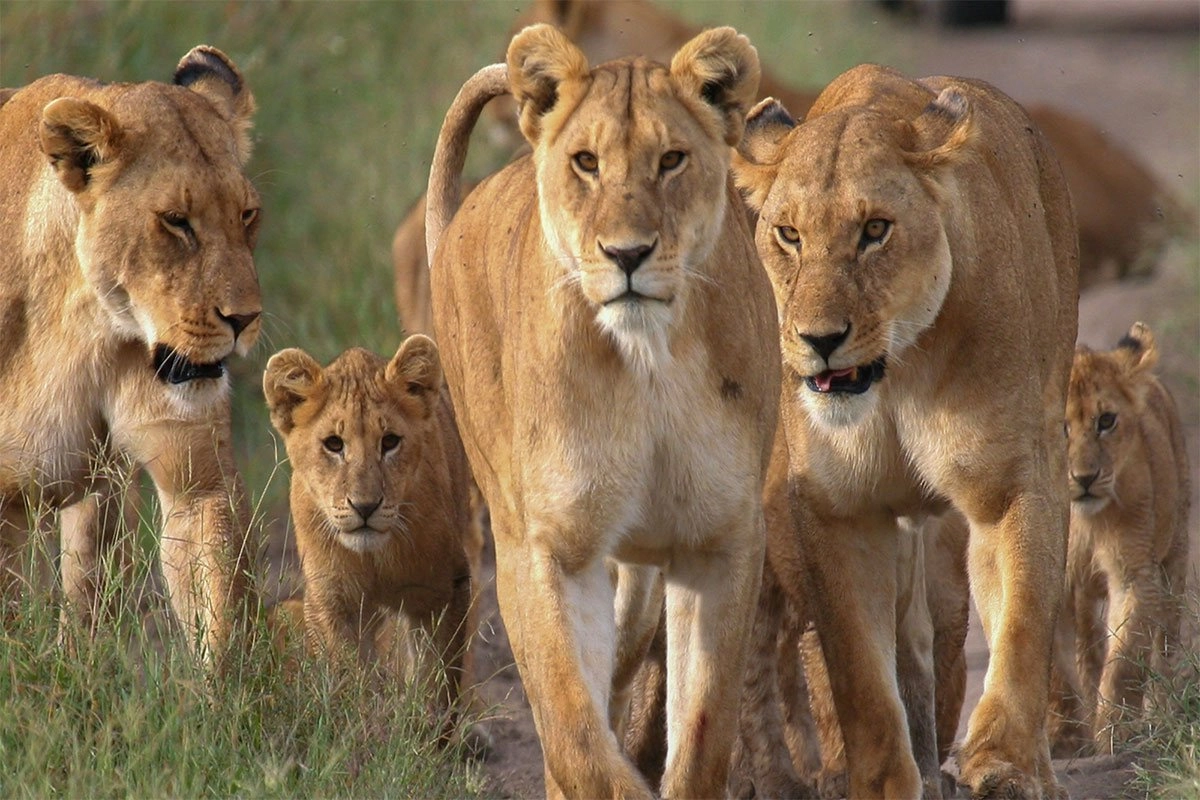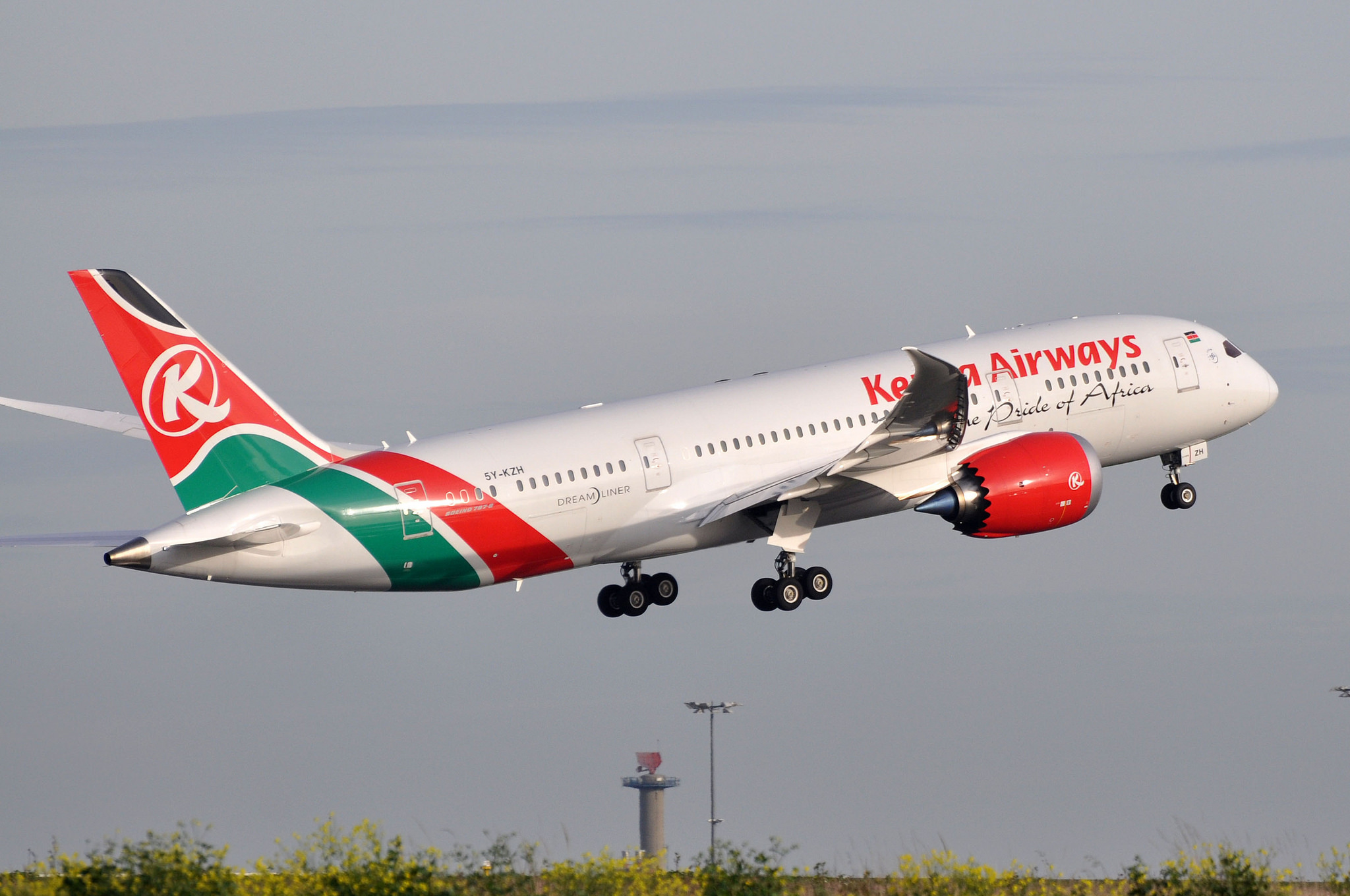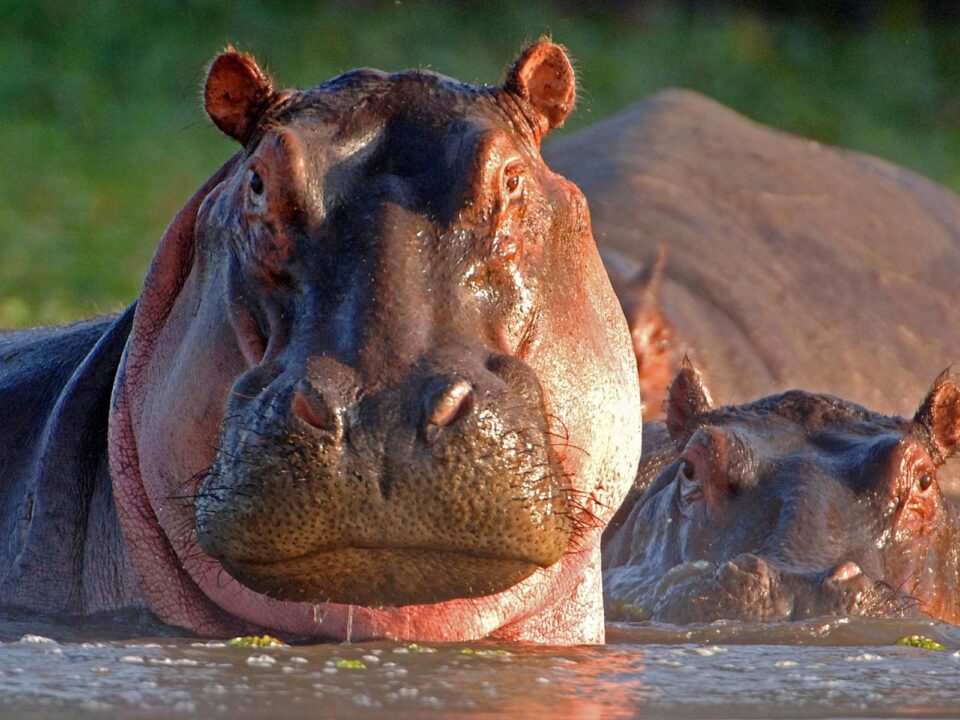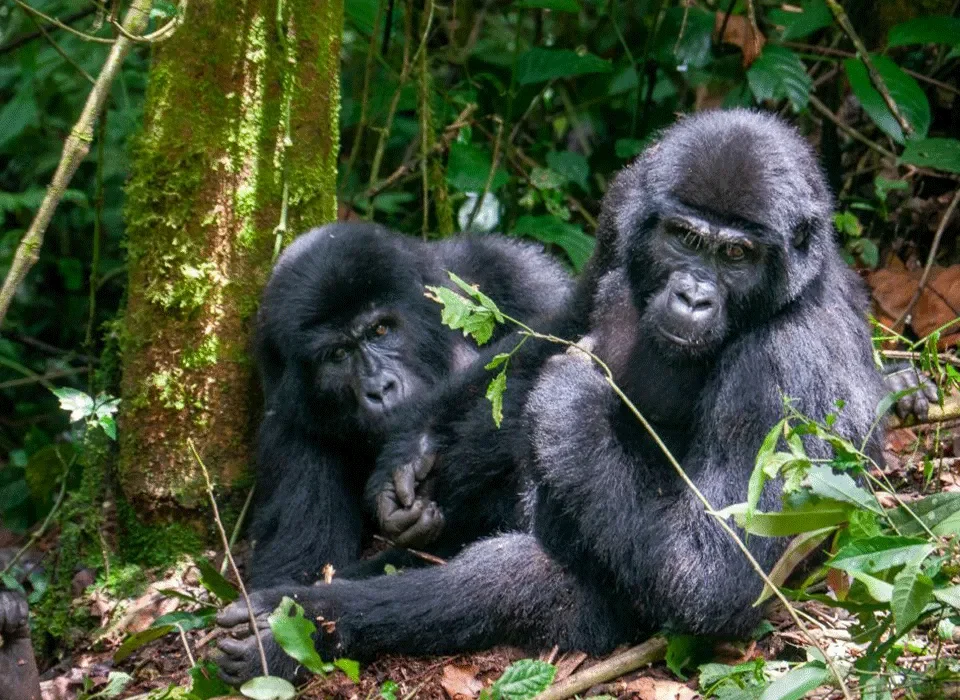
Makoma Hill at Serengeti in Tanzania
December 5, 2023
Flight recommendations from Australia to Tanzania or Kenya
December 6, 2023Masai Kopjes in Serengeti Tanzania: A Natural Wonder Unveiled
Embark on a captivating journey through the Eastern natural boundary of the Seronera Valley, where the iconic Masai Kopjes in Serengeti Tanzania rise majestically, forming massive stacks of rounded boulders sculpted by erosion. These geological marvels, often hollowed by time, punctuate the skyline with their imposing presence, surrounded by lush vegetation that adds to the scenic allure.
Legendary Lion Prides and Serengeti Lion Project
The Masai Kopjes are not just geological formations; they are home to one of the Serengeti’s most legendary lion prides—the Maasai Lion Pride. Alongside the Sametu Lion Pride, these prides constitute two of the largest in the Serengeti National Park. Since 1966, researchers have dedicated themselves to studying generations of lions from these prides under the Serengeti Lion Project, providing invaluable insights into the behaviors and dynamics of these majestic creatures.
Tremendous Wildlife Viewing Opportunities
The Masai Kopjes in Serengeti, Tanzania offer unparalleled wildlife viewing opportunities. Whether you choose to circle the kopjes or venture towards the swamp south of the boulders, the area promises remarkable encounters with the Serengeti’s diverse fauna. Keep an eye out for the rare reedbucks, adding a touch of exclusivity to your safari. Ostriches, leopards, waterbucks, Thomson’s gazelles, Grant’s gazelles, spotted hyenas, and black-backed jackals are among the many species that grace this natural haven.
Exploring Beyond: Sametu Kopjes and Barafu Kopjes
Extend your adventure by venturing towards the Sametu Kopjes and the Barafu Kopjes in the remote corners of the park. These areas unfold in a pristine wilderness, inviting you to witness more of the Serengeti’s untamed beauty.
Serengeti National Park Overview: Nature’s Grand Spectacle
Established in 1952, the Serengeti National Park in Tanzania stands as a testament to nature’s grand spectacle. It hosts the unparalleled great migration of wildebeest and zebra—a mesmerizing wildlife phenomenon. The park is not only a haven for migrating herds but also a residence to a diverse array of wildlife, including lions, cheetahs, elephants, giraffes, and an abundance of bird species.
Park Sections and Ecosystem Diversity
The Serengeti National Park unfolds across 5,700 square miles, surpassing the size of Connecticut. Divided into three sections, the southern/central part (Seronera Valley) showcases classic savannah landscapes adorned with acacias and teeming with wildlife. The western corridor, marked by the Grumeti River, introduces more forests and dense bush. The north, Lobo area, connects with Kenya’s Masai Mara Reserve and remains the least explored section.
Rich Heritage and Conservation Efforts
Two World Heritage Sites and two Biosphere Reserves stand testament to the rich heritage and conservation efforts within the 30,000 km² region. The Serengeti ecosystem, shaped by the timeless features of climate, vegetation, and fauna, has inspired writers, filmmakers, photographers, and scientists for decades.
Migration—Nature’s Epic Journey
The Serengeti is synonymous with the great migration—a spectacle where over a million wildebeest and 200,000 zebras embark on a journey south for the short rains and then west and north after the long rains. This awe-inspiring ancient instinct drives them through various parks, reserves, and habitats, creating a unique ecosystem that has fascinated explorers and researchers alike.
Explore with Us
Join us on a journey to explore the diverse forms of vegetation, landscapes, and captivating inhabitants of the Serengeti ecosystem. Traverse the timeless patterns of life, death, adaptation, and migration that echo through the ages, and let the Serengeti captivate your senses with its mesmerizing wonders.




